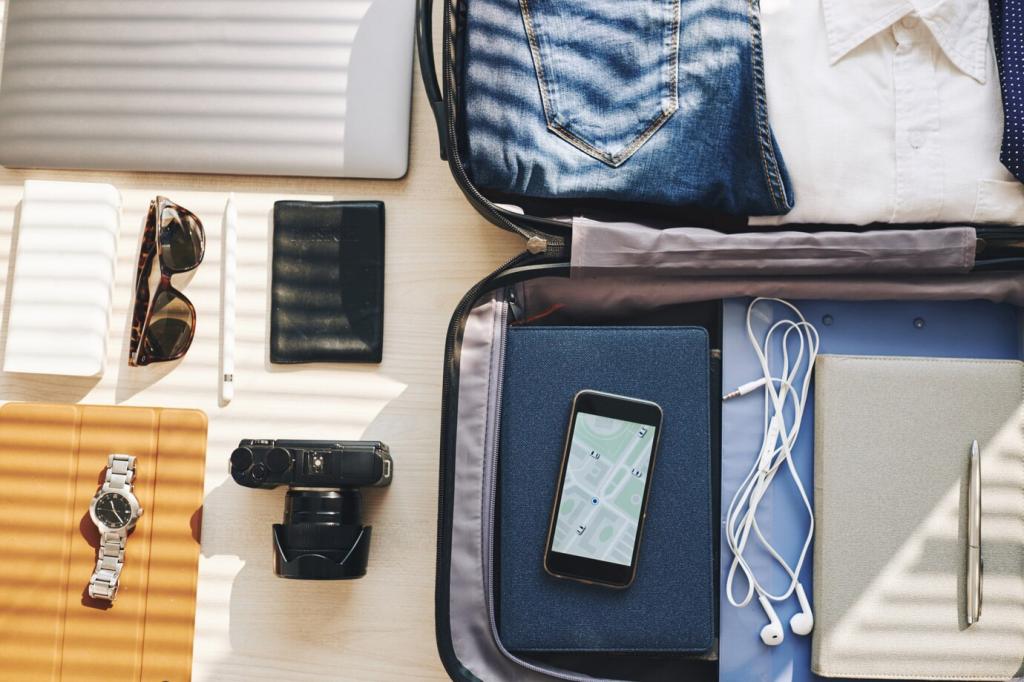Selected theme: UNESCO Sites Itineraries. Plan soulful routes linking World Heritage places with practical tips, lived stories, and sustainable choices. Subscribe for fresh routes each week and tell us which sites you dream of connecting next.
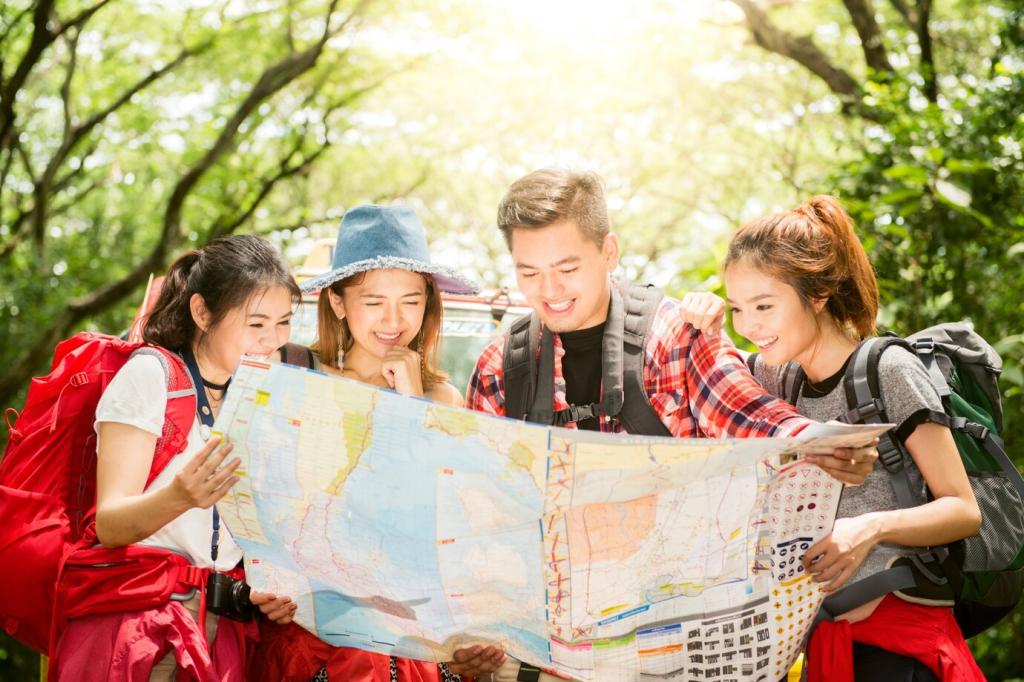
Begin with a Story Arc
Pick a thread—trade, faith, empires, geology—and let it guide your route between UNESCO sites. A narrative helps you decide what to include, how long to stay, and which connections will transform stops into a cohesive journey worth remembering.
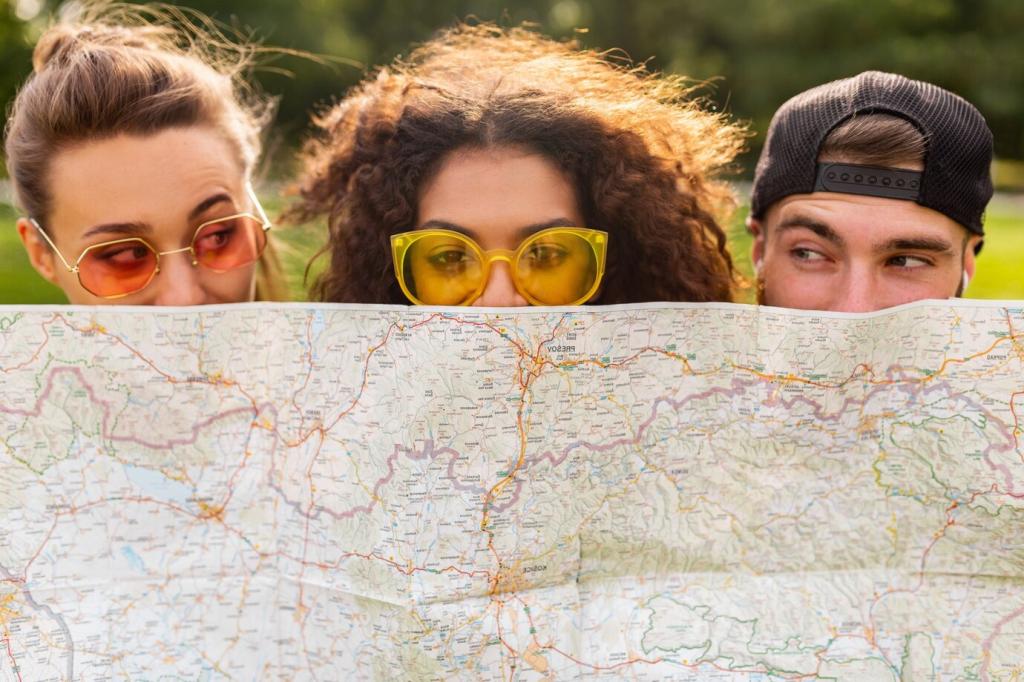
Right-Size Your Pacing
Count travel hours between World Heritage areas, then add generous buffers. One major site per day is humane; two is ambitious. Build rest days near green spaces or waterfronts so details, aromas, and conversations root deeper than hurried photographs or checklist fatigue.
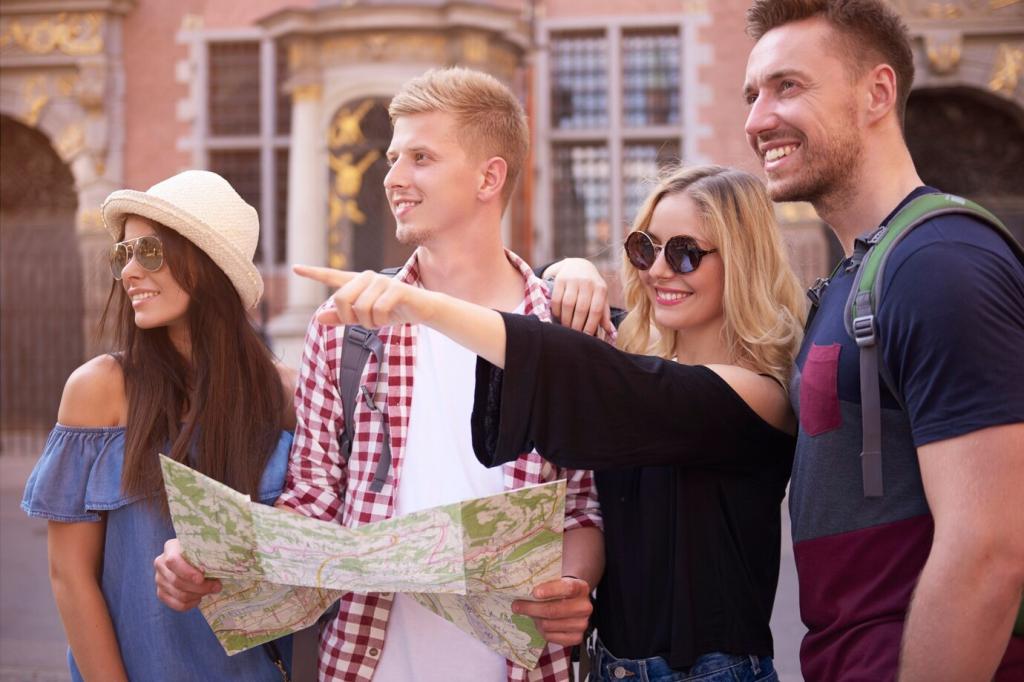
Map Modes and Time Windows
Overlay trains, buses, ferries, and walking paths with opening hours, prayer times, and sunset. Many UNESCO sites shine at specific light or tide. Planning around golden hours and weekly closures keeps momentum, serenity, and spontaneity in productive balance.
European Circuits: Cathedrals, Old Towns, and River Valleys
Start in Paris for the Banks of the Seine, dip to Chartres Cathedral, then follow the Upper Middle Rhine Valley to timbered towns. Continue through the Würzburg Residence and Bamberg, ending in Prague’s Historic Centre. Invite serendipity on side streets between scheduled highlights.
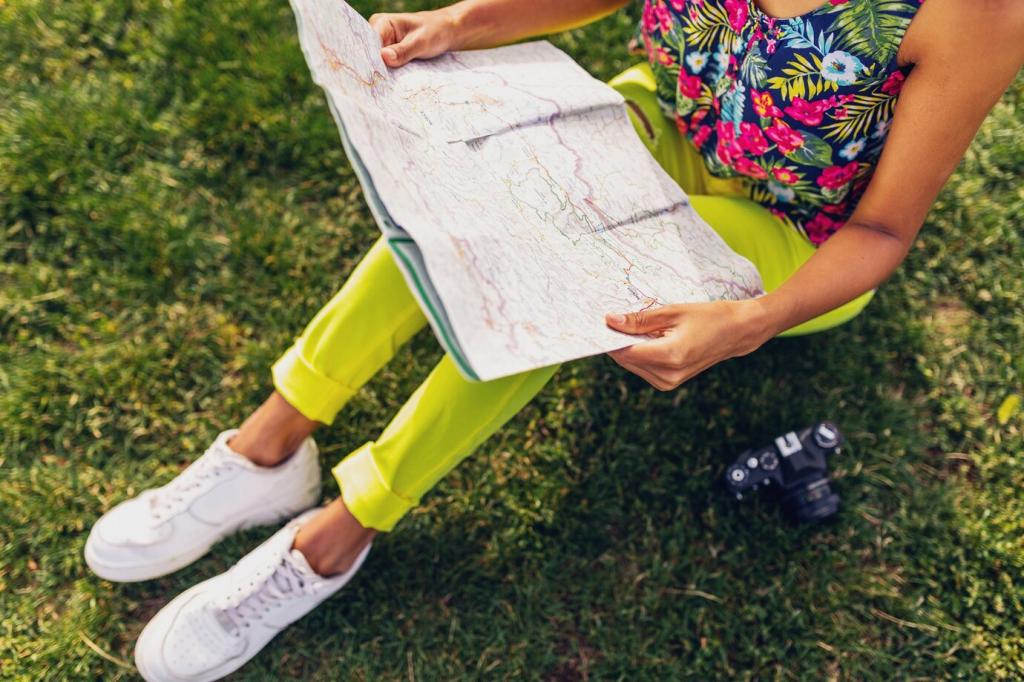
Samarkand to Xi’an: A Corridor of Civilizations
Trace Samarkand, Bukhara, and Itchan Kala in Khiva, then ride east to Dunhuang’s Mogao Caves, the Jiayuguan Pass of the Great Wall, and Xi’an’s Mausoleum of the First Qin Emperor. The throughline is exchange—of ideas, pigments, scripts, and tastes layered over centuries.
Desert Rhythm, City Hearth
Plan early departures, siestas, and twilight walks. In bazaars, tea and generous pauses open conversations that maps cannot. Scheduling free evenings near old quarters lets music, calligraphy stalls, and night markets bind your itinerary with textures you never planned but always remember.
Visas, Trains, and Trusted Helpers
Check visa transit rules and regional rail schedules far in advance. When borders are complex, local guides and museum docents become bridges. Ask our community which agencies or sleeper trains they trusted on this corridor, and contribute your notes to help the next traveler.
Sicily’s Dialogue: Stone and Fire
Link the Late Baroque Towns of Val di Noto with the Archaeological Area of Agrigento, then arc to Mount Etna’s volcanic slopes. Juxtaposing temples, town plazas, and lava fields keeps attention fresh and reveals how people adapt artistry to the island’s restless geology.
Wildlife Windows and Human Respect
In places like Serengeti National Park or the Wadden Sea, dawn and dusk amplify life. Keep distance, mute drones, and tread lightly. Your photos improve when ethics lead, and your itinerary gains meaning when animals are observed as neighbors, not staged backdrops.
Give Back More Than You Take
Choose locally owned stays, guides, and eateries near UNESCO zones. Refill bottles, decline single-use plastics, and offset flights only after reducing legs. Comment with your favorite low-impact swaps that made a route cleaner, kinder, and still wonderfully adventurous.
Access, Tickets, and the Clock
Sites such as the Alhambra in Granada and Historic Sanctuary of Machu Picchu use timed entries that sell out fast. Buy official tickets early, pair them with nearby, flexible activities, and keep a weather buffer so clouds or strikes do not unravel your carefully sequenced days.
Access, Tickets, and the Clock
City cards and regional passes can help, but only when they cover the UNESCO places you prioritize. Sometimes a licensed local guide or museum audio unlocks context better than discounts. Share which passes truly paid off on your UNESCO-heavy days, and which looked good but disappointed.




